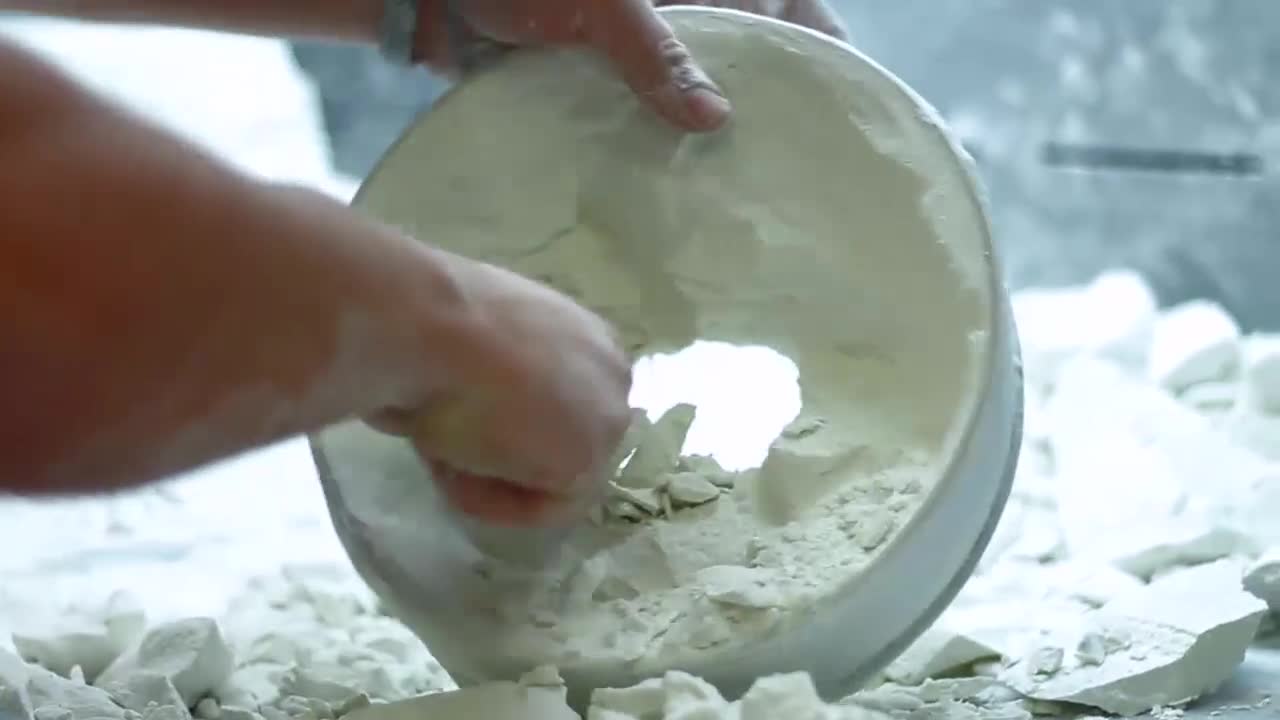Selective Laser Sintering
Perfect for functional testing, rapid prototyping, high-heat and chemically resistant applications.

Perfect for functional testing, rapid prototyping, high-heat and chemically resistant applications.
Selective Laser Sintering (SLS) is the rapid prototyping technology of choice for a range of functional prototype applications, including those with snap fits, living hinges and other mechanical joints. The ability of SLS to produce several pieces at one time also makes the process a good choice for Direct Digital Manufacturing (DDM) of products requiring strength and heat resistance.
Need Rapid Prototyping of snap fits, living hinges or other mechanical joints?
SLS is the technology of choice for durable, functional parts.
SLS technology uses a laser to harden and bond small grains of plastic, ceramic, glass, metal (we talk in a different article about direct metal sintering), or other materials into layers in a 3D dimensional structure. The laser traces the pattern of each cross section of the 3D design onto a bed of powder. After one layer is built, the bed lowers and another layer is built on top of the existing layers. The bed then continues to lower until every layer is built and the part is complete.
One of the major benefits of SLS is that it doesn’t require the support structures that many other AM technologies use to prevent the design from collapsing during production. Since the product lies in a bed of powder, no supports are necessary. This characteristic alone, while also conserving materials, means that SLS is capable of producing geometries that no other technology can. In addition, we don’t have to worry about damaging the part while removing supports and we can build complex interior components and complete parts. As a result, we can save time on assembly. As with other AM technologies, there’s no need to account for the problem of tool clearance—and thus the need for joints—that subtractive methods often encounter. So we can make previously impossible geometries, cut down on assembly time and alleviate weak joints.
SLS really shines when you need plastic parts that will last. SLS is capable of producing highly durable parts for real-world testing and mold making, while other additive manufacturing methods may become brittle over time. Because SLS parts are so robust, they rival those produced in traditional manufacturing methods like injection molding and are already used in a variety of end-use applications, like automotive and aerospace.

(View video to the left to see how SLS 3D printing works.)
Considering its robustness and capability to produce complex whole parts, SLS can bring major time and cost benefits for small-run parts that would usually require some assembly with traditional manufacturing. It’s a perfect marriage of functionality, strength and complexity. We can produce parts faster and cut down on the time required to put them together. But we can also produce fewer parts, as SLS parts tend to stand up better to wear and environmental conditions. Especially for mass customization for certain low-volume end-use parts, SLS blows traditional manufacturing out of the water because there is no expensive and inefficient retooling to worry about. One of the other big things with SLS, as we’ll see with many other additive manufacturing technologies, is it allows us to store and reproduce parts and molds, using data that will never corrode, get lost in transportation or require expensive storage. The designs are always available and ready to be produced when we need them, even if the original is unavailable.
One way we can think about the uses for SLS parts is in terms of the materials it uses. Styrene-based materials are great for making castings—in plaster, titanium, aluminum and more—and are compatible with most standard foundry processes. SLS also can create impact-resistant engineering plastic that’s great for low- to mid-volume end-use parts, like enclosures, snap-fit parts, automotive moldings and thin-walled ducting. Engineering plastic can also be made with flame retardant material, to fit aircraft and consumer product requirements, or gas-filled material for greater stiffness and heat resistance. There’s even fiber reinforced plastic for ultimate stiffness, and, on the other end of the spectrum, rubber-like material for flexible parts, like hoses, gaskets, grip padding and more.
SLS uses a high-powered C02 laser to fuse small particles of powdered material to create 3 dimensional parts. The laser selectively fuses powdered material by scanning X&Y cross-sections on the surface of a powder bed. The model is built one layer at a time from supplied 3D CAD data. SLS is capable of producing highly durable parts for real-world testing.
Tolerances for standard resolution:
Z plane: +/- .010” for the first inch, plus +/- .005” for every inch thereafter
SLS produces parts from impact-resistant engineering plastic, great for low- to mid-volume end-use parts, enclosures, snap-fit parts, automotive components and thin-walled ducting.
SLS produces complex geometries, for low-volume parts that would typically require assembly using traditional manufacturing methods.
In-house SLS machines:
Anatomy of the SLS Process
Selective Laser Sintering (SLS) is an additive manufacturing technology developed under sponsorship by the Defense Advanced Research Projects Agency (DARPA) and acquired in 2001 by 3D Systems. The SLS process employs a high power laser to fuse plastic powders layer by layer into finished prototypes and functional end-use components. (Read More)
Rapid Manufacturing
• Aerospace Hardware
• UAS, UAV, UUV, UGV Hardware
• Medical and Healthcare
• Electronics; Packaging, Connectors
• Homeland Security
• Military Hardware
Rapid Prototypes • Functional Proof of Concept Prototypes
• Design Evaluation Models (Form, Fit & Function)
• Product Performance & Testing
• Engineering Design Verification
• Wind-Tunnel Test Models
Tooling and Patterns • Rapid Tooling (concept development & bridge tools)
• Injection Mold Inserts
• Tooling and Manufacturing Estimating Visual Aid
• Investment Casting Patterns
• Jigs and Fixtures
• Foundry Patterns – Sand Casting
• Durable, functional parts with high complex geometries
• Ideal for parts with high heat requirements or chemical resistance
• Capable of producing parts with mechanical joints, snap fits or living hinges
• Wide variety of materials and post processing options
• Short lead times
2140 Dunwin Drive.,
Mississauga, Ontario L5L 1C7
Email: sales@objexunlimited.com
Phone: 416-233-7165
Mon – Fri
9am – 5pm EST
